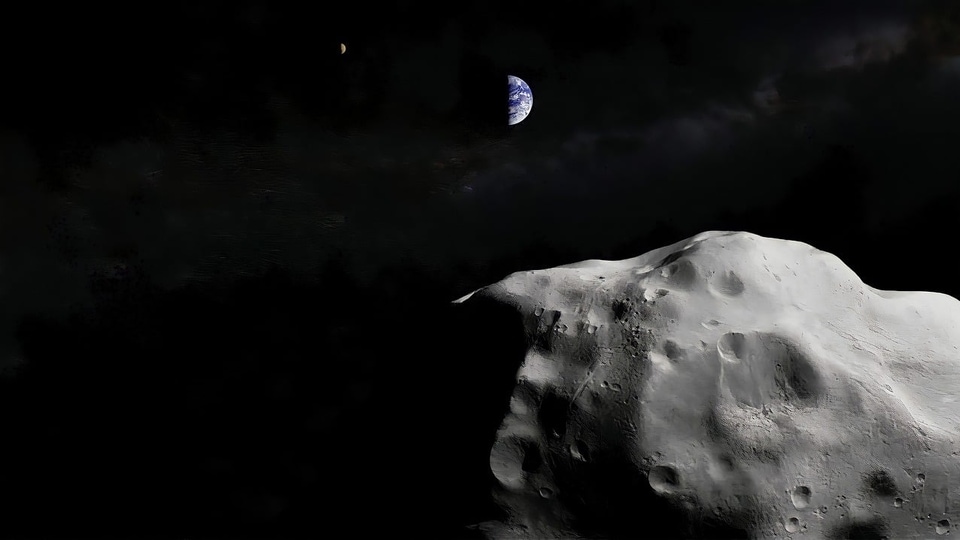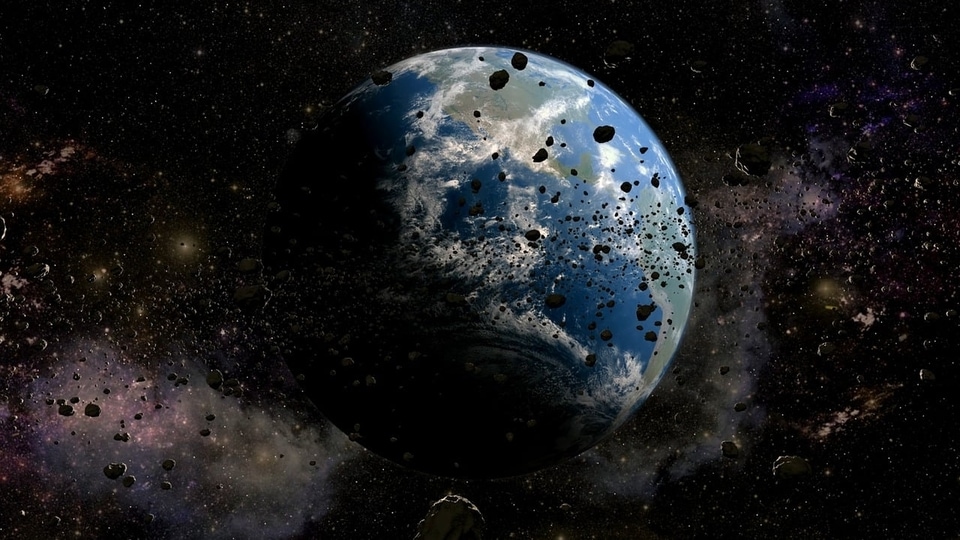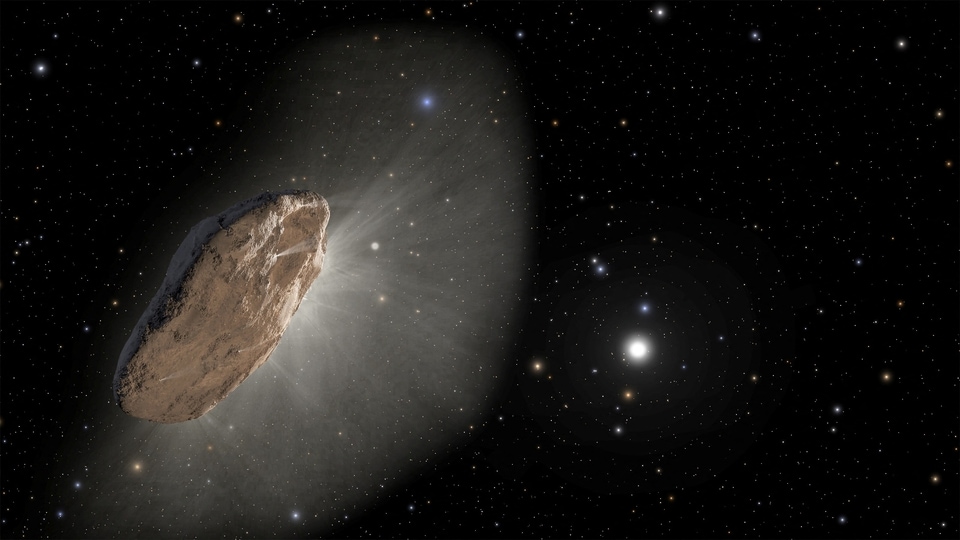James Webb Space Telescope takes captivating image of Galaxy NGC 6822
James Webb Space Telescope captures an amazing picture of Milky Way Galaxy's nearest neighbouring galaxy NGC 6822. The image reveals stunning findings.






 View all Images
View all ImagesThe European Space Agency has released a stunning picture of the Galaxy NGC 6822. This galaxy is known to be nearest to the Milky Way Galaxy. It was captured with the efforts of the Near-InfraRed Camera (NIRCam) and Mid-InfraRed Instrument (MIRI) mounted on the NASA/ESA/CSA James Webb Space Telescope. The image reveals details about the object that is 1.5 million light-years away from Earth. Continue reading to more about the neighbouring galaxy and research findings.
About galaxy findings
According to the ESA report. NGC 6822 is the nearest galactic neighbour to Milky Way. The galaxy has exceptionally low metallicity, showcasing predominant hydrogen and helium elements.
Low-metallicity objects like NGC 6822 have a crucial role in unveiling insights into the early universe. With hydrogen and helium being limited elements, astronomers will be able to comprehend star evolution and interstellar dust life cycles in these distinct environments.
About NGC 6822
As per ESA, the galaxy was first discovered by E. E. Barnard. He published his historic discovery in 1884 in the Sidereal Messenger, a short-lived but important American monthly astronomical journal that was published between 1882 and 1891. Barnard miscategorized the galaxy as an "exceedingly faint nebula" due to the limitations of telescopes at the time. Various other astronomers studied the galaxy's size, brightness, and true nature but did not find anything new or different.
After numerous studies, trials and discoveries, James Webb Space Telescope finally gave us some understanding of the galaxy which will help astronomers to get deeper insights. In future, it will continue to discover more facts about the galaxy NGC 6822.
About NIRCam and MIRI
As per ESA, the NIRSpec instrument is Webb's workhorse near-infrared spectrograph. NIRSpec's major purpose is to enable extensive spectroscopic surveys of celestial objects such as stars or distant galaxies. On the other hand, amid-infrared imaging is one of the main scientific objectives of the Webb Space Telescope, and MIRI will be able to support the full range of Webb's scientific goals, from studying our own solar system to studying the universe's early evolution.
Catch all the Latest Tech News, Mobile News, Laptop News, Gaming news, Wearables News , How To News, also keep up with us on Whatsapp channel,Twitter, Facebook, Google News, and Instagram. For our latest videos, subscribe to our YouTube channel.































